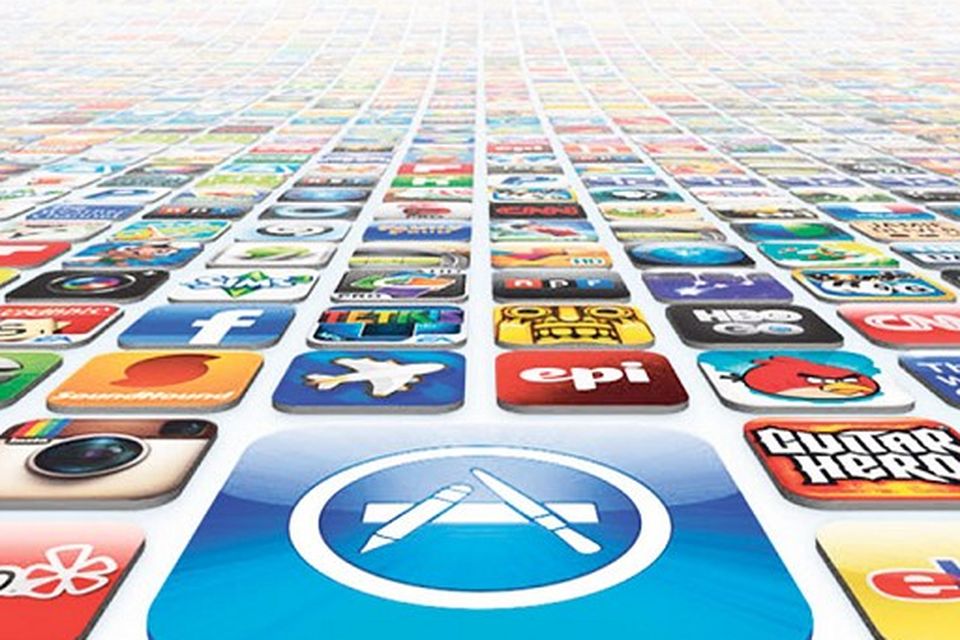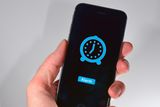App Store at five: Apple's appy revolution
App store anniversary
Apple’s App Store opened five years ago this week.
On July 10 2008, Steve Jobs announced that Apple would start a whole new kind of shop – not the bricks and mortar Apple Stores, whose blond wood tables and airy atmospheres have done much to change the direction of high street retail. The App Store was a virtual shop, selling exclusively virtual goods. Five years on it has distributed $10bn (£6.7bn) to developers, and seen 50bn apps downloaded to iPhones, iPods and iPads.
But at its launch, the App Store was not greeted with universal comprehension, still less enthusiasm. It offered just 500 titles, compared with today’s more than 900,000. And the idea, which debuted along with the iPhone 3G, was so new that many questioned whether it would ever catch on. It had not been long since phones could scarcely do email.
App developer Shazam has been involved with the concept since the very beginning. One of just a very few ideas that has become a verb – “to Shazam” means to hold up a phone, use its microphone to listen to a track and then identify it by comparing it with an online database, hosted on servers in Lodon. Although Shazam existed before the iPhone, it was as a service that had to be built into the device.
“At the time we had to make a tough call to build an app into the App Store,” says the developer’s David Jones. “The way we could provide a different user experience was the beginning of a whole new wave of better user flexibility. It gave us a broader canvas to paint on.” Today Shazam has 70m- active users around the world each month.
Apple’s approach was to curate a carefully controlled experience, with each app reviewed before it was offered to users, either free or for a charge. “Suddenly any app developer could go build an app and let people vote with their finger,” observes Jones. “It was revolutionary and it was so easy for people to make software where users could suddenly add a new feature, and it unleashed all this innovation.”
Angry Birds and Facebook are the two top paid and free apps respectively – Facebook and Twitter are the two apps that an iPhone user is most likely to have downloaded. Indeed, while they may not have bothered to change the homescreen, studies say, most users have made the effort to download at least one of these applications.
But if Apple in 2008 was the beginning, the future for the app store ranges some way beyond the California-based company. Google’s own app store for Android is of an equivalent size, although it has been troubled by accusations that it is plagued by malware. Yet the app trend continues to spread: even by 2010 Samsung was parading the 1m downloads for its smart TV platform. Today commentators talk about the “appification” of a host of devices. It started with phones, but Apple’s revolution now even runs to robotic vacuum cleaners.
Join the Irish Independent WhatsApp channel
Stay up to date with all the latest news















